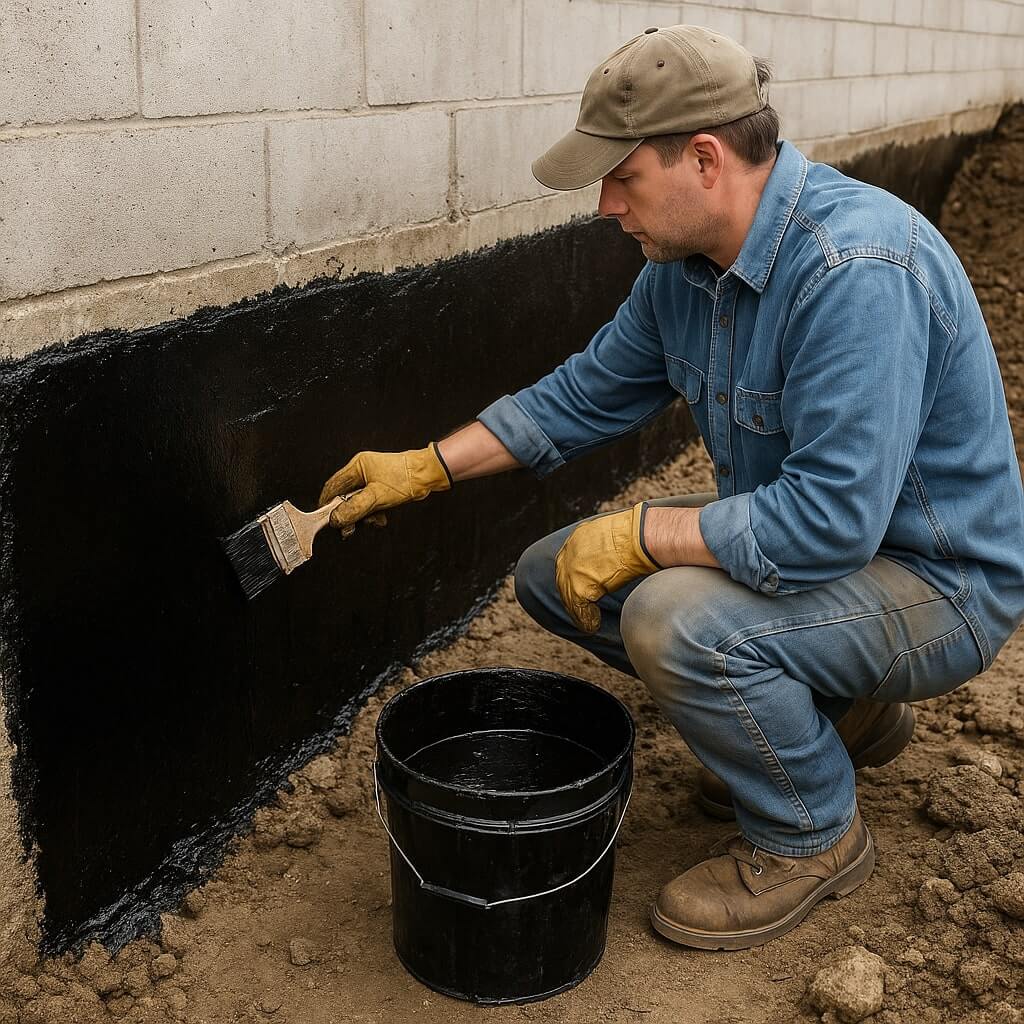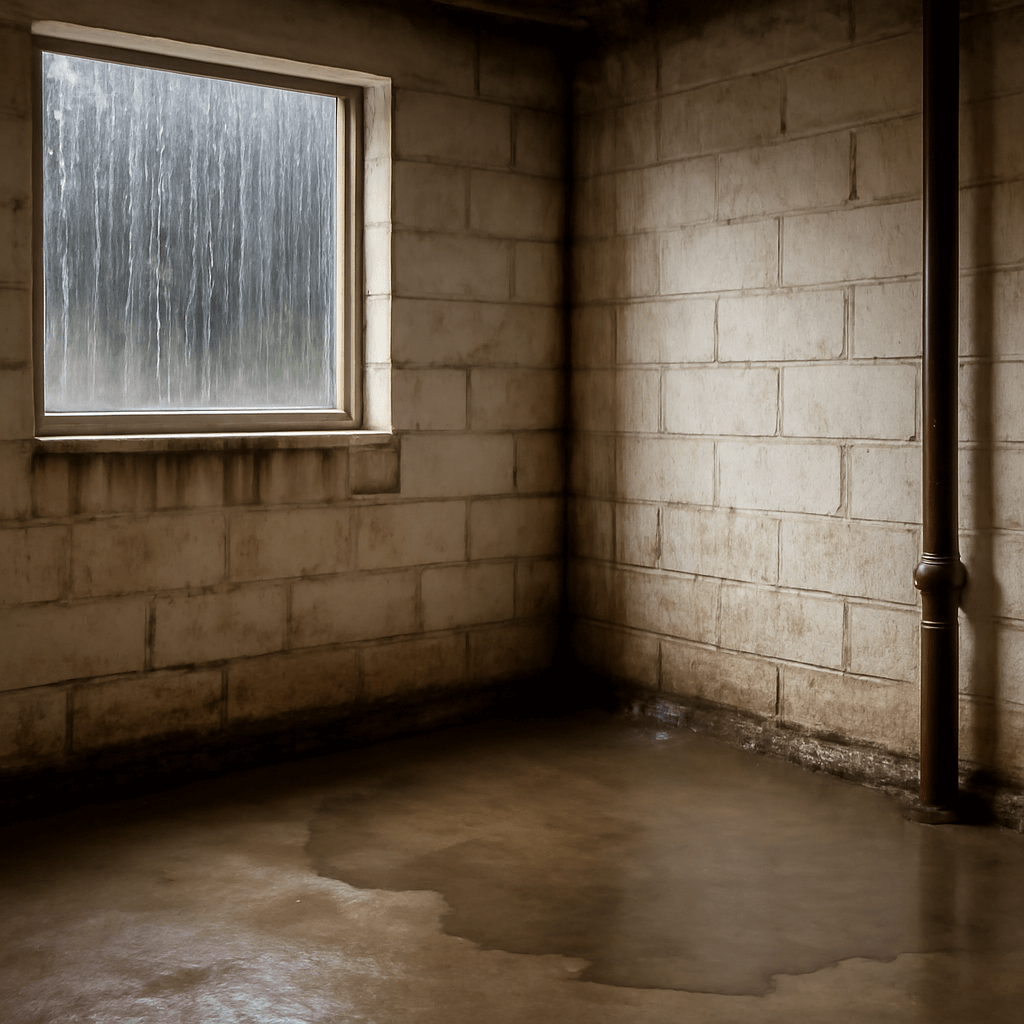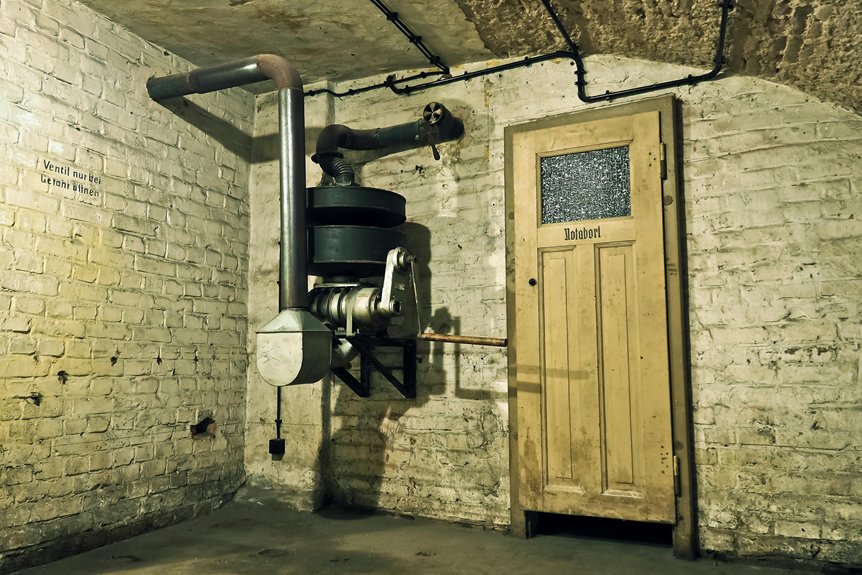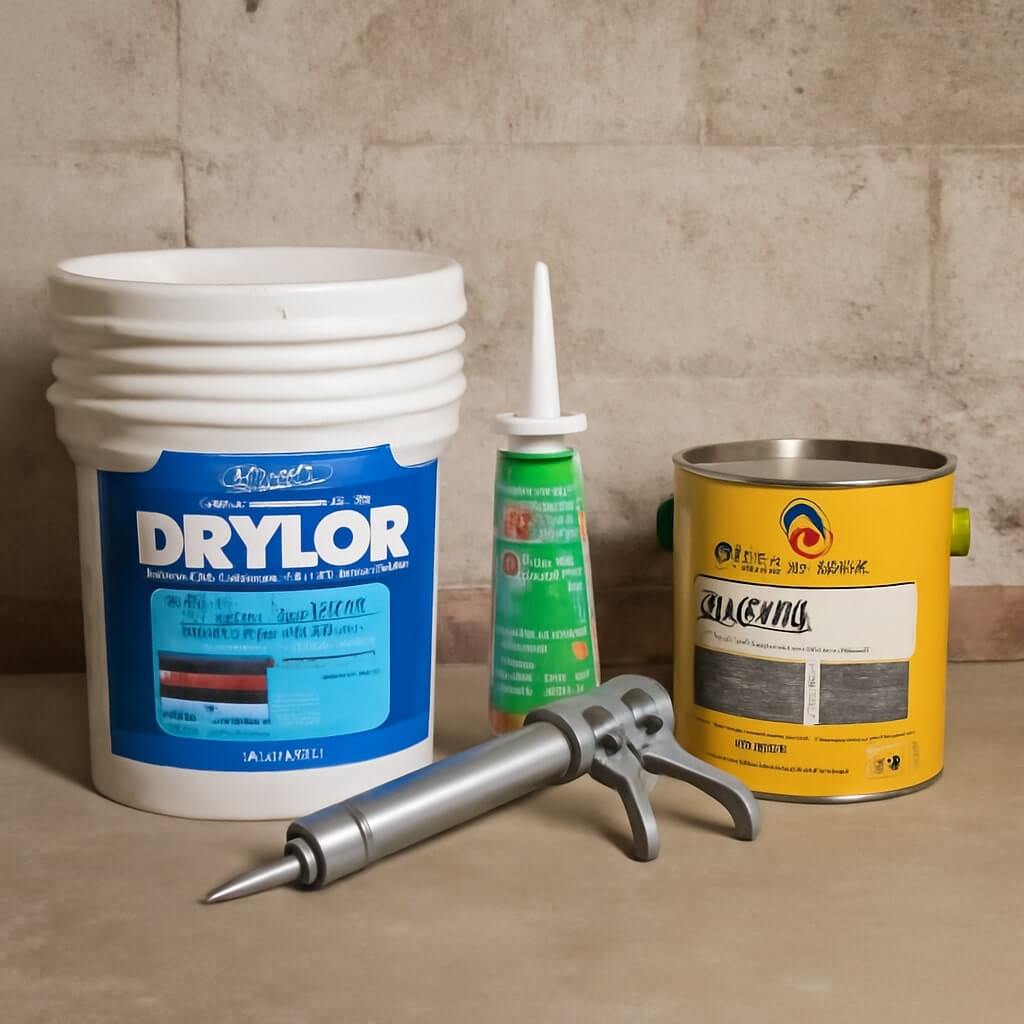If you want to protect your basement from moisture damage, mastering the use of waterproofing tar is essential. It prevents costly repairs and maintains your home’s integrity. Before you start, you’ll need to understand the right materials and preparation steps. This guide will walk you through the application process and share maintenance tips for lasting results. Let’s get started on securing your basement effectively.
Key Takeaways
- Begin by preparing your basement: clear all items, inspect for damage, and ensure surfaces are clean and dry before application.
- Choose the right waterproofing materials, such as tar or sealant, and gather necessary application tools for efficient work.
- Apply waterproofing tar using a brush or roller, focusing on corners and seams for even coverage, and avoid damp surfaces.
- Conduct regular maintenance checks for cracks or moisture, and address any issues promptly to maintain waterproofing effectiveness.
- Ensure proper drainage around your foundation, and clean gutters regularly to prevent water accumulation near your basement.
Understanding the Importance of Basement Waterproofing

When it comes to protecting your home, basement waterproofing is essential. Without proper moisture control, your basement can become a breeding ground for mold and mildew, leading to costly water damage.
By investing in waterproofing, you safeguard your property’s structural integrity and create a healthier living environment. Regular checks for leaks and proper drainage help prevent water intrusion.
Investing in waterproofing protects your home’s structure and ensures a healthier living space for your family.
Additionally, sealing cracks and installing sump pumps can further enhance your home’s defense against moisture.
Don’t underestimate the importance of basement waterproofing; it not only preserves your home’s value but also guarantees peace of mind for you and your family.
Materials and Tools You’ll Need
Before you immerse yourself in basement waterproofing, it’s essential to gather the right materials and tools to secure a successful project.
Start with waterproofing materials like tar, sealant, or liquid membranes. You’ll also need a trowel for application, brushes for spreading, and a roller for large areas.
Essential tools include a utility knife for cutting, a putty knife for smoothing, and a caulking gun for precision work.
Don’t forget protective gear, like gloves and goggles, to guarantee safety.
Having everything ready will streamline your process and help you achieve a dry, safe basement.
Preparing Your Basement for Application
To guarantee a successful waterproofing application, start by clearing your basement of any furniture, appliances, and personal items. This allows you to work efficiently and safely.
Next, conduct a thorough basement inspection to identify any cracks or damage that may need repair before applying the waterproofing tar.
Don’t forget to perform a moisture assessment to determine the level of dampness present. This information is essential for selecting the right waterproofing solution.
Once you’ve addressed these issues, make sure the surfaces are clean and dry, preparing your basement for the tar application process ahead.
Step-by-Step Application Process

With your basement now cleared and prepared, you’re ready to tackle the waterproofing application.
Begin by mixing the tar according to the manufacturer’s instructions. Use a brush or roller for even coverage, applying it in long, smooth strokes. Focus on corners and seams, where moisture tends to accumulate.
Avoid common mistakes, like applying on a damp surface or skipping the primer. Make certain you cover the entire area, and don’t rush; let each coat dry completely before adding another.
Finally, inspect your work for any missed spots and correct them. Your effort now will pay off in lasting protection.
Maintenance Tips for Long-lasting Results
Once you’ve completed the waterproofing process, maintaining that protection is vital for long-lasting results.
Regular seasonal checks are important; inspect your basement for any cracks or signs of moisture. Address these issues promptly to prevent larger problems.
Avoid common mistakes like neglecting to clean gutters or allowing debris to accumulate around your foundation. Confirm your drainage systems are functioning correctly and that water flows away from your home.
Applying additional waterproofing tar as needed will strengthen your defenses.
Conclusion
By mastering basement waterproofing tar, you’re taking an essential step in protecting your home from moisture damage. With the right preparation, materials, and application techniques, you can create a durable barrier against water intrusion. Remember to maintain your waterproofing efforts regularly to guarantee long-lasting results. This not only safeguards your home’s structural integrity but also promotes a healthier living environment. Start today, and enjoy peace of mind knowing your basement is well-protected!




